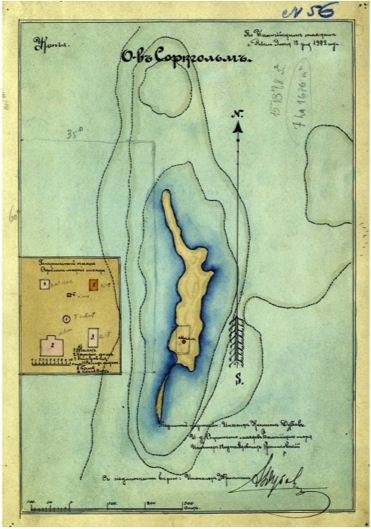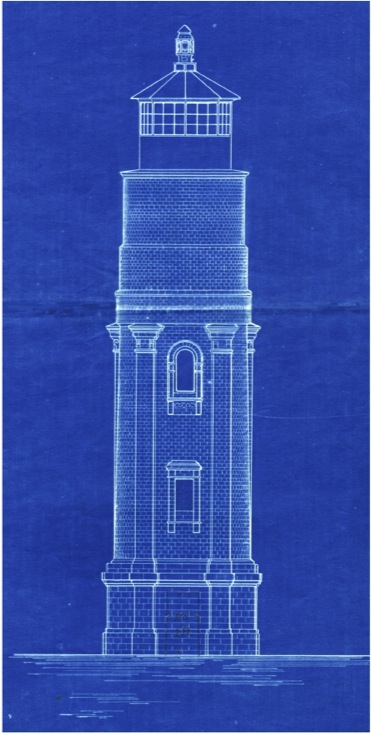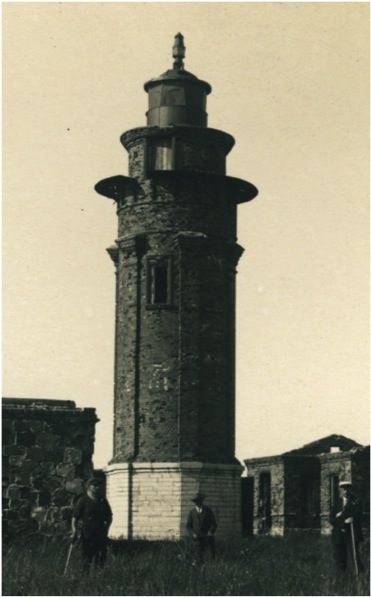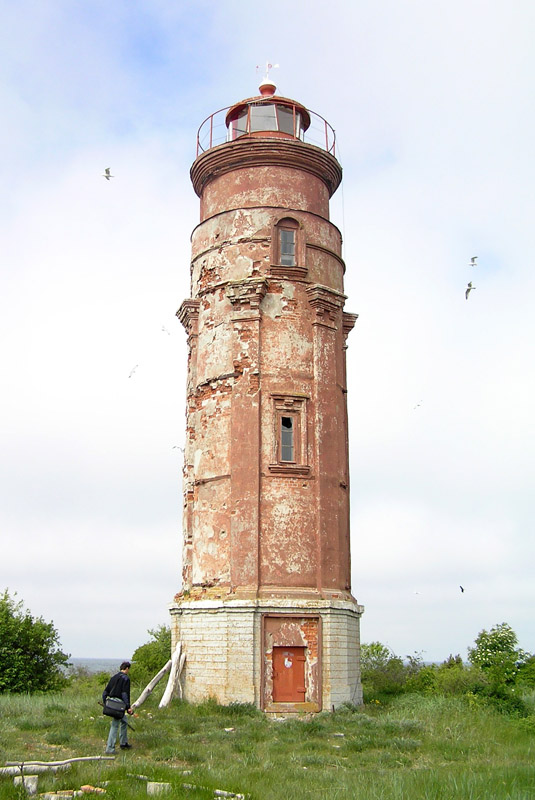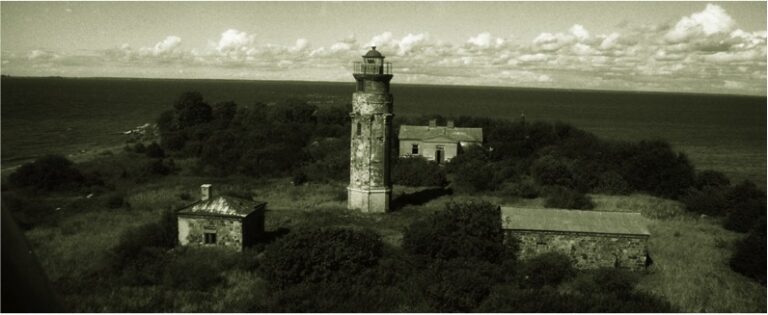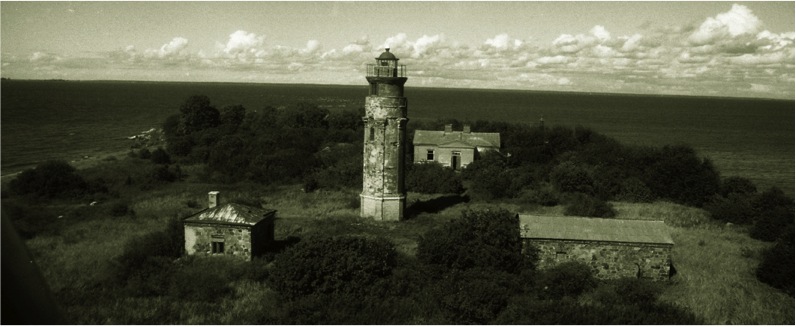
On the island of Sorgu (Sorkholm) in Pärnu Bay, a historicist 16-meter high brick lighthouse was erected in 1904 in place of the former wooden day marker, which was supposed to warn ships against the insidious Sorgu reefs along the entrance to Pärnu Bay. The designer of the building with an outstanding architectural finish can be considered the military engineer Aleksandr Jaron, since he was the one who was involved in the design of lighthouses in the same period. In the tsarist state, the construction of a massive brick tower was evaluated as a very positive trend in the activities of the hydrographic service at that time. Even now, the lighthouse on the small island by the Pärnu Bay waterway is necessary to ensure local shipping safety.
Furthermore, a kerosene warehouse and a guard house were built in 1904, and in 1913 a residence, a cellar and a shed. During the First World War, the lighthouse and service buildings were heavily damaged. Apparently, the Sorgu lighthouse was built of poor-quality bricks, and soon after its completion, the facade began to deteriorate intensively due to the weather. In addition, due to the lack of constant guarding, the lighthouse was repeatedly looted. Attempts were made to improve the situation as early as 1927, after World War II, the walls were covered with cement plaster, which, however, spoiled both the architectural appearance and significantly worsened the technical condition of the building.
From the original service buildings, a kerosene barn, a sauna, a cellar and a residential building have been preserved on the island. All auxiliary buildings are built from Sorgu ironstones, which can also be found in Pärnu's old cobblestone pavements and piers.
The gradually decaying lighthouse currently stands empty and is threatened with demolition. In terms of the wealth of architectural details, the lighthouse is unique in the Estonian context, and the interesting ensemble deserves national protection as a cultural monument.
